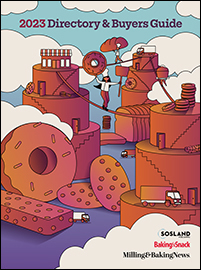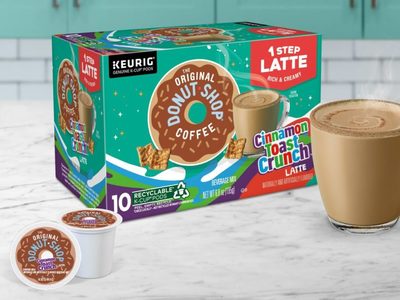BOSTON — TreeHouse Foods, Inc. has identified three keys to achieving a multiyear productivity target of $250 million in cost savings from 2024 to 2027, said Patrick M. O’Donnell, executive vice president, chief financial officer and chief administrative officer of the Oak Brook, Ill.-based company, while speaking at the Barclays Global Consumer Staples Conference on Sept. 5.
The first area is TreeHouse Management Operating System (TMOS) activities, which Mr. O’Donnell said will deliver $125 million of gross cost savings from 2024 to 2027.
“…in those plants and those lines where we’ve deployed TMOS, we’ve seen 5% to 15% efficiency improvement in those lines,” Mr. O’Donnell said. “And so that’s cost efficiency that’s getting more product out the door, that’s improving levels of service. And so we’re encouraged by the progress that we’ve made. In the Princeton (Ky.) plant, we not only created production capacity of 8 million lbs, but we also eliminated $2 million of waste that was in the system.”
The second area is procurement cost savings, which Mr. O’Donnell said are worth approximately $100 million.
“And so over the last several years, given the environment in which we operated, it wasn’t a prudent time to go undertake cost savings and procurement exercise,” he said. “We now think the stability of the broader marketplace, we have a better opportunity at this point to go do that given the stability of the supply chain. And so we’ll work with our vendors. We’ve started scoping that out here in the fourth quarter. We’ll start to take action into the early part of 2024. So we think as we ramp in 2024, there is the opportunity to start to realize some of those savings.”
The last area is freight and network consolidation, which Mr. O’Donnell later said would save $25 million in 2024.
“Post the Meal Prep divestiture, we obviously had a lot of distribution points,” Mr. O’Donnell said. “We continue to operate on a TSA. We recently hit a major milestone for us, which was that we were able to separate our distribution networks. At least for now, we’re still operating systems and things in the background, but that allows us to go optimize our own distribution network. So we have the opportunity to go take our inventory, put it through the customer and operate with less distribution points, use less lanes, drive less miles overall.”






